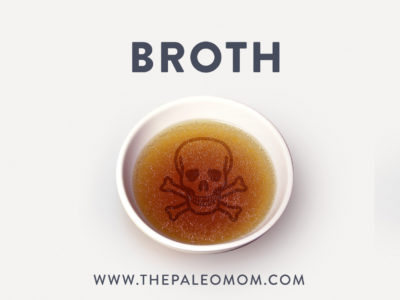We all know that grass-fed meat is much healthier for us than “conventional” grain-fed meat, but it can be expensive, especially when we venture away from ground meat and start looking at roasts and steaks. Free-range poultry can be even more expensive. And just how healthy is pastured pork? If you can’t afford to have all of your meat come from grass-fed, pastured, and wild sources, which of the conventional meats are your best bet?
In an attempt to help you figure out where your money is best spent, I have ranked meats (including grass-fed and conventional) from best to worst. In many cases, the difference between a higher ranked and lower ranked meat is fairly small. In an ideal world, the majority of your meat would come from the top 4. Variety is still important, both because it tends to keep us happy but also because we do get different amino acids, fatty acids, vitamins and minerals from different cuts of meat and from different animals.
From best to worst:
1. Organ Meat from Grass-fed Beef, Bison or Lamb: Organ meat is more densely packed with just about every vitamin and mineral and when it comes from grass-fed sources, the fat content is also extremely healthy. Organ meat also has the benefit of typically being cheaper than muscle meat. Ideally, organ meat should be consumed at least twice each week. Organ meat from wild game (provided the animal is an herbivore, so think caribou but not bear since bear liver can be toxic for human consumption) falls under this category.
2. Wild-Caught Fish: Ideally, wild-caught fatty fish should be consumed at least three times each week. This can include cheaper sources of fish such as canned wild-caught salmon or sardines. Frozen wild-caught pink salmon can typically be found fairly inexpensively. Salmon is in season in the late summer and early fall, so look for sales that time of year.
3. Grass-fed Beef, Bison, Lamb, Venison or Goat: You can read more about the nutritional superiority of grass-fed meat in this post. Ground meat is always the cheapest. Some local farmers will sell you anywhere from 1/8th to a whole animal for a very discounted rate (sometimes as cheap as $2/lb). Look for sales from US Wellness Meats and GrassFed Traditions.
4. Wild Game: It is possible to buy wild game if hunting is not among your hobbies.
5. Organ Meat from Pastured Pork and Free-Range Chicken: The fat profile is not quite as good as from grass-fed and finished ruminants.
6. Farmed White Fish: White fish is typically very lean even when farmed. Tilapia and cod are probably the most affordable depending on where you live.
7. Conventional Organ Meat: Conventional organ meat usually means chicken liver or kidney, calf’s liver, or beef liver or kidney since anything else can be pretty hard to find. The fat profile is less favorable than grass-fed/pastured animals, but the organs still contain denser nutrition than muscle meat. Because it’s fed more grass, calf’s liver would be the healthiest choice here.
8. Farmed Fatty Fish (like salmon): Depending on how farmed fish are fed, the fat profile can be quite different compared to their wild brethren.
9. Pastured Pork and Free-Range Poultry: The diets of these animals are typically supplemented with grain. Look for ones that are not fed soy or corn if you can.
Nutrivore Weekly Serving Matrix
An easy-to-use and flexible weekly checklist
to help you maximize nutrient-density.
The Weekly Serving Matrix is very helpful! I’ve been eating along these lines but this really helps me know where to focus vs. which foods serve a more secondary role. It’s super helpful and has taken a lot of worry out of my meal planning. Thanks!
Jan
10. Conventional Lamb and Veal: These animals do spend some time in pasture and do eat at least some grass.
11. Lean Cuts of Beef: Even though marbling makes for a tender steak, they typically contain 10-15 times more omega-6 than omega-3.
12. Lean Pork: Usually the lighter colored the meat, the lower the fat content.
13. Fatty Cuts of Conventional Beef and Pork: Ideally, this would only be an occasional treat.
14. Conventional Chicken and Turkey: Does it surprise you to see chicken at the bottom of my list? This was surprising information for me too. Battery-raised chicken can have some of the highest omega-6 content of any meat, especially in the thighs and skin. This used to be the foundation of my diet, but now I limit non-pastured chicken to 2 times per week (working toward only pastured chicken once I can afford it).











